Hammam: A Guide To Iran’s Top Bathhouses
Water, the Rare Gold
Hammam & Water has long been sacred to Iranians. The ancient religions of Iran, such as Mithraism and Zoroastrianism, considered water as a symbol of purity. That is why water was considered a divine element. The ancients believed that water was the embodiment of the goddess Mithra. On the other hand, they considered the lakes to be the home of this ancient goddess. In a plateau like the Iranian plateau, which is an almost warm and semi-arid region, this natural element became the most valuable element. Thus, even in ancient religions, polluting and wasting water was considered as one of the greatest sins. Above all, water became highly important for personal hygiene.
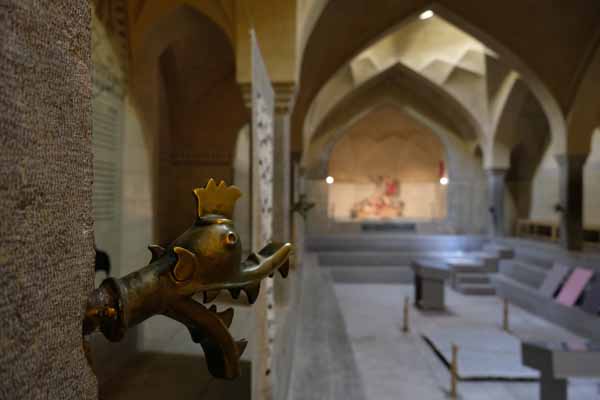
The Emergence of Private and Public Hammam
Little is known about how water was used for pre-Islamic Bathhouses. But according to some sources, archaeologists found out that the first Hammam were built near hot springs and rivers. In religious mythology, the building of the first Bathhouse is attributed to Suleiman. On the other hand, in Iranian mythology, the founder of the first Bathhouse is known to be Jamshid. But there is little information available about private Bathhouses. Some of these Private Bathhouses belonged to Parthians of Assyria or to more recent times such as the Achaemenids and then Sassanids.
According to some researches, the Sassanid Blash (484-488 AD) intended to build Hammam in the city centers for public use, which was strongly opposed by the clergy people. Ultimately, they made him withdrew from this decision. However, there is more information about post-Islamic Bathhouses. Probably, the oldest post-Islamic public Bathhouse is the Bandar Siraf Bathhouse. This Bathhouse was designed for public use in the third century AH (not AD). Unfortunately, many centuries ago, this Bathhouse was completely destroyed.
Other examples of the first public Hammam after Islam include a Bathhouse belonging to fourth century AH in the Apadana Palace of Darius I and another Bathhouse belonging to the Seljuk era. Several Bathhouses were built in the following eras of Ilkhanate and Timurid dynasty. However, the rise of public Bathhouses dates back to Safavid times. Along with other monuments such as mosques and caravanserais, etc., the construction of Bathhouses was also one of the interests of the Safavid kings, especially Shah Abbas I. According to Chardin, when he visited Isfahan during the Safavid era, there were about 272 Hammam in Isfahan. The number of Bathhouses in other cities and regions is not available, but the efforts of the kings of the Safavid era to build public buildings, especially Bathhouses, cannot be ignored. Prominent examples of Persian Bathhouses are Ali Gholi Agha and Shah Hammam in Isfahan. Ganjali Khan and Arsen Ebrahim Khan Hammam in Kerman and Fin Hammam in Kashan are other unique examples.
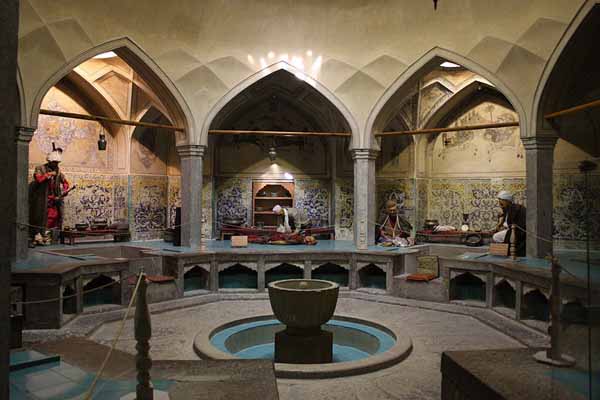
The Structure of Hammam or Persian Bathhouses
First of all, it should be noted that for some reason, Hammam were built lower than the usual ground level. Some of these reasons were; to avoid the imbalance of excessive temperature with the outside environment of the Bathhouse and the ability to use water in all parts of the Bathhouse. A Persian Bathhouse consisted of a set of parts, each of which with a specific use. Upon entering the Bathhouse, one had to pass a hallway or a corridor which is called ‘Hashti’ to enter another part which is called ‘Sarbine’. The temperature of this part was usually set based on the normal temperature of the human body. This part was an octagonal or a rectangular shaped space. Also, usually it was carpeted and used as a place to relax. Accordingly, after entering this part, people would take off their clothes and wear special red clothes called ‘loong’. There was also a place for putting away the clothes. Sarbine had a dome-shaped roof with special structures called ‘Jaam Khaneh’ at its center. The Jaam Khaneh as a part of the roof had some functional holes in it. Normally, these holes were covered by something like glass cups. These glasses were lifted up for setting the temperature or at the end of the day. Another use of the Jaam Khaneh was to provide indoor lighting. To avoid starting a fire in the Bathhouse, the light was always provided this way. That is why the Hammam were not used at night.
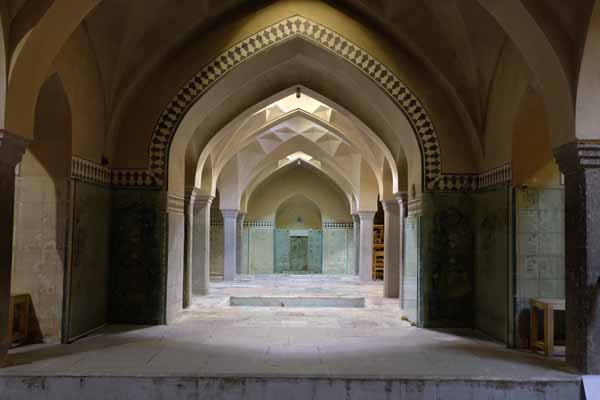
The next part, after passing the entrance, was actually a gate between the Sarbine and the ‘Garm Khaneh’. Accordingly, through a maze like hallway or ‘Hashti’ one could finally reach Garm Khaneh. This was due to two reasons: first, it was to avoid the immediate entrance of a person to a place where suddenly, temperature changes. Secondly, to avoid the waste of heat steams.
The third part to pass was called the ‘Garm Khaneh’. In fact, it was the main part of the Hammam, where bathing takes place. This part of a Persian Bathhouse usually had an octagonal and rectangular structure. The floor and the walls were usually tarred. The presence of bitumen, accordingly prevented hot water from penetrating the walls and the floor. The roof of this part also had Jaam Kahneh and was higher than the rest of the ceilings in other parts of the Hammam. The bath water was heated by the ‘Tun’ and ‘Khazineh’ or treasury in a completely traditional way by burning debris and animal manure. The heated water was then transferred to the Garm Khaneh by clay tubes.
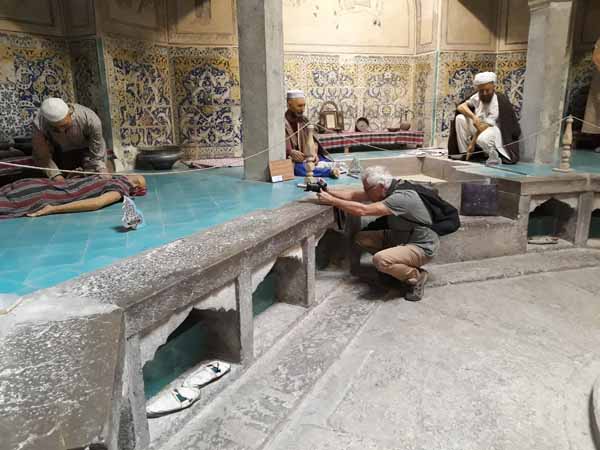
And At Last…
In recent decades, during the Pahlavi era, due to plumbing and faster and easier access to water, people tried to add private baths to their homes. Over time, the use of public Hammam has decreased and in industrial cities has reached almost zero. But still in a number of less developed villages you can find Hammam that have retained their function and are still hosting the locals.

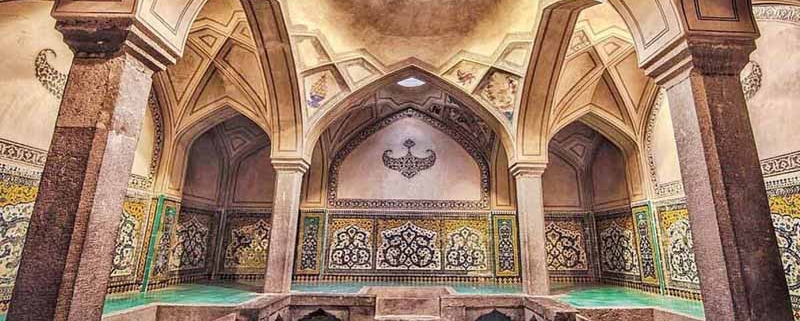
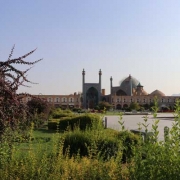
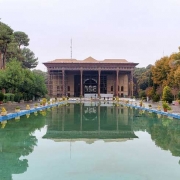
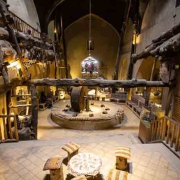
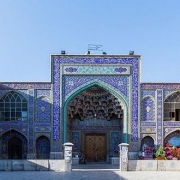
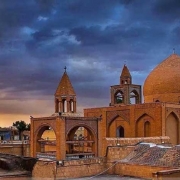
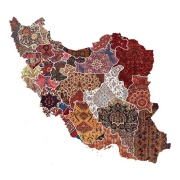
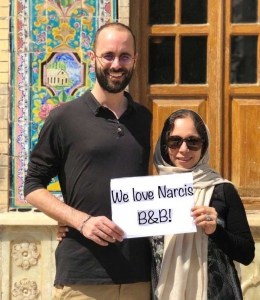




Leave a Reply
Want to join the discussion?Feel free to contribute!